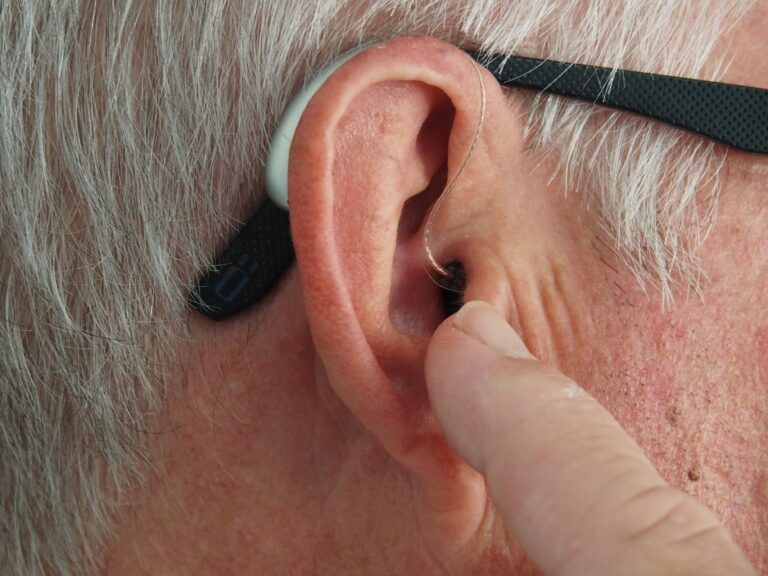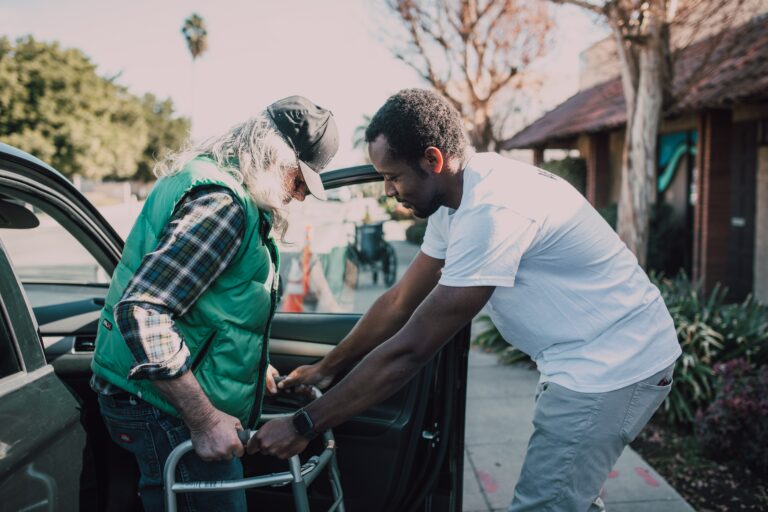
What Do I Need to ‘Age in Place’?
Home modification is the official term (from the Americans with Disabilities Act) for renovations and remodels aimed for use by the elderly or the impaired. It means physically changing your home, removing potential hazards and making it more accessible, so you can continue living in it independently.
Bankrate’s recent article entitled “The best home modifications for aging in place” reports that home modifications can be pricey—typically ranging from $3,000 to $15,000, with the average national spend being $9,500. However, it can be a worthwhile investment. You can save money by doing the right home modifications. That is because the longer you can safely live in your home, the less you will need to pay for assisted living care.
The best aging-in-place home modifications align with “universal design,” an architectural term for features that are easy for all to use and adaptable, as needs dictate. This includes additions and changes to the exterior and interior of a home. Some of the simplest home modifications include DIY jobs:
- Adding easy-grip knobs and pulls, swapping knobs for levers
- Installing adjustable handheld shower heads
- Rearranging furniture for better movement
- Removing trip hazards; and
- Installing mats and non-slip floor coverings.
Next, are some more complex home modifications. These probably would need a professional contractor, especially if you want them up to code standards:
- Installing handrails
- Adding automatic outdoor lighting
- Installing automatic push-button doors
- Leveling flooring; and
- Installing doorway ramps
There are also home modifications that can be done by room:
- In the bathroom, installing grab bars and railing, a roll- or walk-in shower/tub, or a shower bench
- In the kitchen: adding higher countertops, lever or touchless faucets and cabinet pull-out shelves
- For the bedroom, use a less-high bed, non-slip floor, walk-in closets and motion-activated lights
- Outside, you can add ramps, a porch or stair lifts, and automatic push button doors.
Finally, throughout the house, keep things well-lit and widen hallways and doorways; add a first-level master suite, elevators or chair lifts, “smart” window shades/thermostats/lighting and simpler windows.
Note that some home modifications may qualify as medical expenses. As a result, they are eligible for an itemized deduction on your income tax return. A home modification may be tax-deductible as a medical expense, if it has made to accommodate the disabilities (preferably documented by a physician or other health care provider) of someone who lives in the home, according to the IRS.
Reference: Bankrate (March 30, 2022) “The best home modifications for aging in place”









